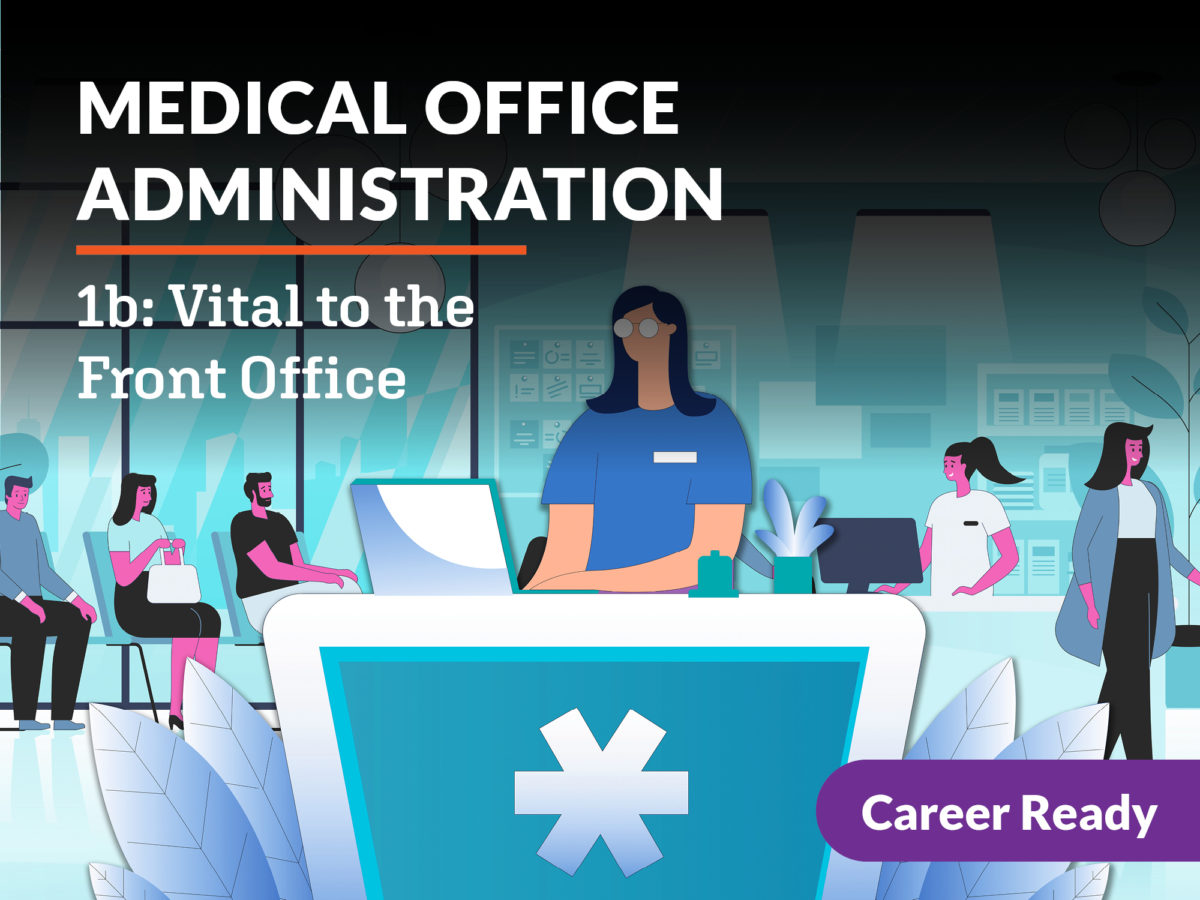Medical Administration Programs: What to Look for in a Top quality Program
Medical Administration Programs: What to Look for in a Top quality Program
Blog Article
Finest Practices in Medical Management for Improving Performance and Decreasing Costs
In the ever-evolving landscape of health care, the pursuit of best methods in medical administration is vital for improving performance and curbing costs. By integrating sophisticated innovations such as electronic health records and telemedicine, doctor can streamline procedures and enhance individual treatment. Innovation alone is not a panacea; enhancing resource allocation and cultivating collective communication among treatment teams are similarly vital. As organizations strive to stabilize high quality and expense, what strategies should be focused on to achieve these twin goals? The solution to these inquiries hold the trick to a more sustainable healthcare system.
Leveraging Advanced Modern Technology
The combination of digital remedies into medical care systems has actually changed the means centers run, simplifying procedures and enhancing client treatment. By streamlining client details, EHRs eliminate the demand for troublesome documents and assist in seamless interaction amongst health care suppliers.
Telemedicine is one more technological advancement that has transformed person communication. It supplies benefit for both people and health care experts by making it possible for remote examinations, which can lower the need for in-person sees and optimize appointment scheduling. Additionally, telehealth systems can expand medical care accessibility to country or underserved locations, connecting voids in treatment shipment.
Furthermore, the use of Artificial Knowledge (AI) and device knowing is ending up being significantly common in anticipating analytics, enabling early discovery of possible health and wellness concerns and even more enlightened decision-making. These innovations, when integrated effectively, can boost analysis accuracy and customize individual therapy plans, ultimately leading to boosted medical care outcomes and operational performance.
Optimizing Resource Allowance
Effective resource appropriation is crucial for maximizing the efficiency of clinical management. By tactically handling sources such as personnel, tools, and funds, health care centers can significantly improve their operational performance, improve patient end results, and lower unneeded expenditures. The very first step in optimizing resource allotment includes performing a thorough assessment of existing assets and identifying areas where resources might be underutilized or exhausted. This assessment needs to be data-driven, making use of metrics and analytics to educate decision-making processes.
Prioritizing resource appropriation based upon client demands and service demands is necessary. This entails aligning resources with high-demand areas, such as emergency treatment or specialized treatments, to make certain prompt and efficient client treatment. Executing flexible staffing versions can likewise maximize labor resources by changing personnel allotment in action to rising and fall patient volumes. Furthermore, welcoming telemedicine and other technological remedies can relieve physical source restrictions by using different methods for patient-provider communications.
Economic sources must be meticulously monitored and allocated with calculated insight to support both short-term functional requirements and long-term institutional objectives. This includes investing in training programs that enhance team competencies and taking on energy-efficient methods that decrease operational prices (medical administration). Ultimately, an optimized source allocation method cultivates a sustainable healthcare atmosphere that is responsive, efficient, and monetarily sensible
Streamlining Workflow Procedures
When medical care centers aim to boost operational performance, improving process processes becomes an essential emphasis. Efficient workflows minimize redundancy, eliminate unneeded steps, and enhance control amongst healthcare experts. This technique not only increases solution shipment however likewise enhances the quality of individual treatment.

Next, modern technology combination plays a considerable function in simplifying workflows. Applying digital health and wellness records (EHRs) and electronic physician order access (CPOE) systems lowers paperwork, minimizes human mistake, and makes sure information is available to all appropriate personnel. In addition, leveraging telemedicine platforms can enhance person appointments and follow-ups, reducing the stress on physical facilities.

Ultimately, structured process cause why not try this out set you back reductions and boosted person complete satisfaction, promoting an extra lasting health care environment.
Enhancing Information Management
Building upon streamlined process, maximizing information administration comes to be an essential component ahead of time health care administration. Efficient information monitoring systems are critical for maintaining exact client documents, enhancing decision-making, and ensuring compliance with governing criteria. By applying robust information management options, medical care facilities can enhance the quality of person care while concurrently decreasing operational prices.
One trick element of boosting data management is the combination of advanced digital health and wellness record (EHR) systems. These systems assist in the seamless exchange of individual information throughout different departments, minimizing replication of tests and reducing mistakes. A properly designed EHR system sustains information analytics, making it possible for doctor to determine fads and make educated decisions relating to client care.
Moreover, safeguarding client data is vital. Taking on detailed cybersecurity procedures, including encryption and normal browse this site audits, ensures the honesty and privacy of delicate information. This not only secures people yet also preserves the establishment's credibility.
Purchasing team training is an additional essential aspect. Educating health care professionals on data administration practices enhances their ability to properly use modern technology, leading to enhanced individual end results. To conclude, boosting data administration through innovative innovation and detailed training is crucial for accomplishing effectiveness and price reduction in medical administration.
Fostering Collaborative Communication
An essential part ahead of time medical management is promoting joint communication among healthcare experts. Reliable communication is vital for ensuring seamless person care, optimizing treatment end results, and decreasing mistakes. By motivating open discussion and control across multidisciplinary groups, healthcare organizations can improve their functional efficiency and decrease unneeded costs.
Central to this strategy is the integration of interaction technologies such as digital health documents (EHRs) and safe and secure messaging platforms, which help with the quick exchange of essential patient details. These devices make it possible for healthcare companies to accessibility and share data in actual time, making certain that all staff member are notified and aligned in their decision-making procedures. Normal group meetings and interdisciplinary rounds can even more advertise a culture of cooperation and liability.
Training programs focused on enhancing interaction abilities are likewise essential. These programs can assist team other develop the capability to communicate information plainly and pay attention actively, hence minimizing misconceptions and fostering a helpful workplace. In addition, adopting standardized communication protocols, such as SBAR (Situation, Background, Analysis, Referral), can simplify the exchange of information, making certain that crucial information are communicated succinctly and efficiently. Eventually, cultivating collaborative interaction causes improved healthcare delivery and price financial savings (medical administration).

Conclusion
Integrating sophisticated innovation, such as digital health records and telemedicine, alongside enhanced resource allotment and streamlined workflow processes, is crucial for boosting efficiency in clinical management. Effective data monitoring and promoting collaborative interaction among health care teams are important for decreasing redundancies and boosting treatment high quality. By focusing on preventative care and participating in quality enhancement campaigns, medical care organizations can accomplish significant cost financial savings and improved patient end results, consequently making sure lasting health care delivery in a progressively intricate atmosphere.
Report this page